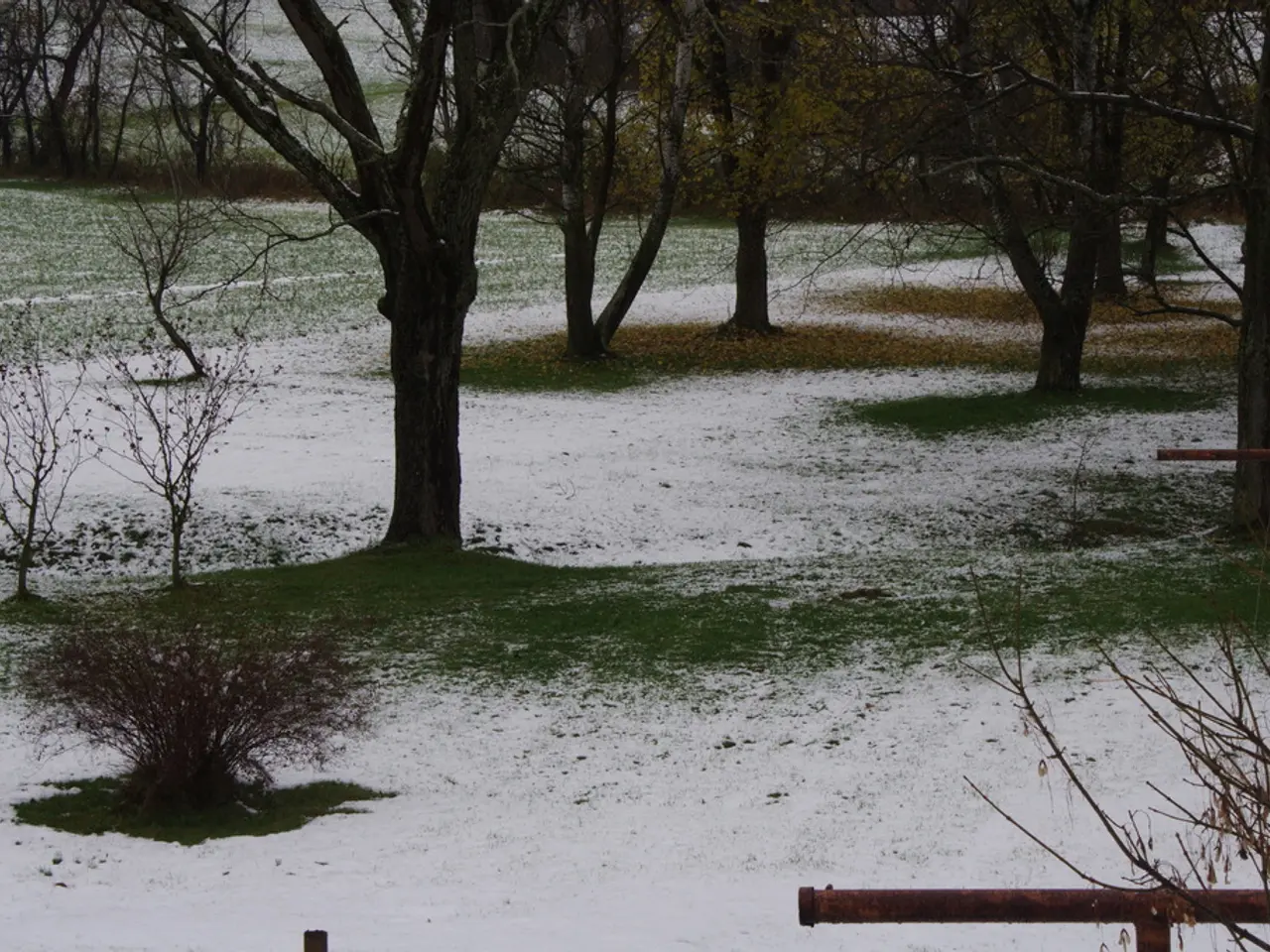Top Fall Plants Suitable for Your Location
In the spirit of extending the gardening season, fall presents an opportunity to cultivate a variety of cool-season vegetables that thrive in cooler temperatures and shorter daylight. Here's a region-by-region guide to fall gardening, along with some essential garden tools and resources.
Southwest & Southern California (Zones 8–10)
With a long growing season and minimal frost risk, fall in this region is much like a second spring. Ideal fall crops include tender greens such as lettuce, spinach, bok choy, and cilantro, as well as quick growers like radishes and peas. Succession planting every 2-3 weeks ensures a continuous harvest into winter [1].
Southeast & Gulf Coast (Zones 8–11)
The mild fall and winter in this region allow for extended harvesting of cool-season crops, often preferable to hot summers. Collards, peas, mustard greens, turnips, carrots, broccoli, herbs, and leafy greens do especially well into winter. Plant starting late September after the summer heat subsides [1][3].
General Cool-Season Crops Suitable for Many Regions in Fall
In addition to the region-specific crops, leafy greens like lettuce, kale, spinach, arugula, Swiss chard, mustard greens, and bok choy; brassicas such as broccoli, cauliflower, cabbage, Brussels sprouts, and kohlrabi; root vegetables like carrots, beets, turnips, radishes (including daikon); and others such as peas, celery, garlic, onions, leeks, and fava beans are suitable for many regions in fall [1][3][4].
Examples of Planting Times
For example, in Wayne County, NC, early August is the ideal time to plant beets and carrots, while mid to late August is suitable for cabbage, cauliflower, collards, and broccoli. Late August to September is the planting window for kale, turnips, radishes, spinach, and lettuce [3].
Notes
In warmer regions, protecting young plants from late summer heat (using shade cloth) can aid success [1]. Succession planting (staggered sowings) helps maintain steady production [1]. Some crops like potatoes can be planted late summer for a fall harvest, and small melons can work in late summer planting too [2].
Garden Essentials
To make the most of your fall gardening, consider the following garden essentials:
- A "Garden Maker Rolling Garden Cart" for easy transport of tools and supplies.
- Natural Cedar Raised Beds with Trellis, perfect for climbing vegetables.
- A "4 x 8 Raised Garden Bed Mini Greenhouse Kit" to extend the growing season.
- A "Garden Maker Elevated Planter with Trellis" for vertical gardening.
- A "Jora JK270 Composter with 9.5 cubic feet capacity" to recycle organic waste and enrich your soil.
- A Year-Round Cold Frame with Shelves for protecting young plants from frost.
- A "Garden Maker Utility Shed" to store your gardening tools and equipment.
- A Riverstone MONT Greenhouse - Mojave or Sierra Package for a more substantial greenhouse solution.
- A "Garden Maker Corner Garden Bed" and "Garden Maker Corner Garden Bed with Trellis" for space-saving gardening.
Choose cool-season vegetables suited to your hardiness zone and planting window, focusing on leafy greens, brassicas, and root vegetables for fall gardening in different regions. Adjust timing based on local frost dates and climate nuances. Happy gardening!
Incorporating sustainable living practices, consider investing in raised beds for this fall gardening season, as they offer a suitable environment for a variety of cool-season crops. Some lifestyle changes might include growing lettuce, kale, spinach, radishes, and carrots in homes situated within Southwest & Southern California (Zones 8–10), while gardeners in Southeast & Gulf Coast (Zones 8–11) might opt for collards, broccoli, or mustard greens. To maximize the garden's productivity, utilize garden essentials such as natural cedar raised beds, a mini greenhouse kit, or even a cold frame with shelves to extend the growing season.




